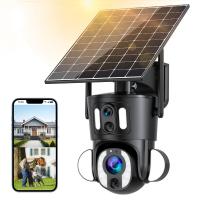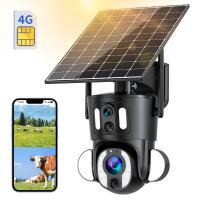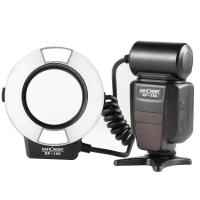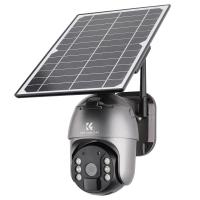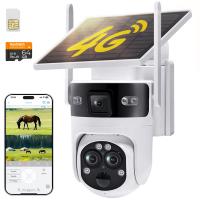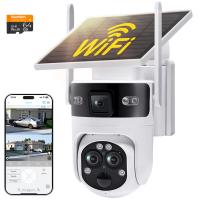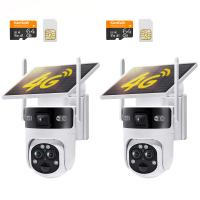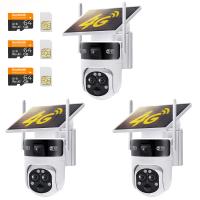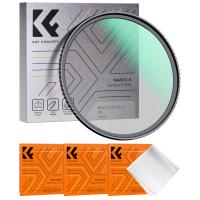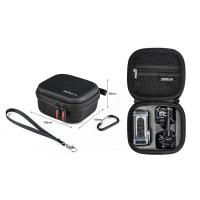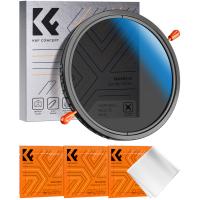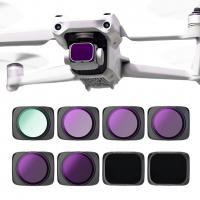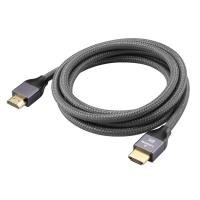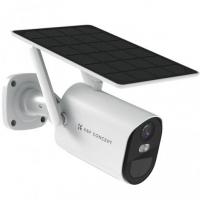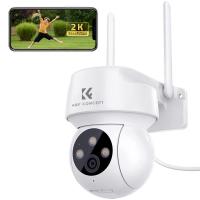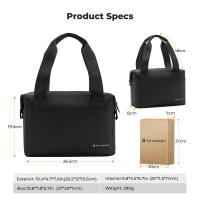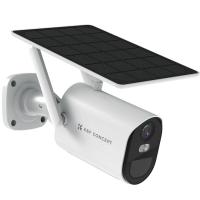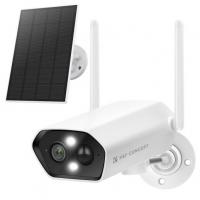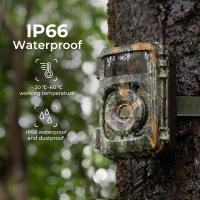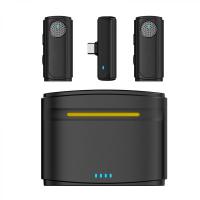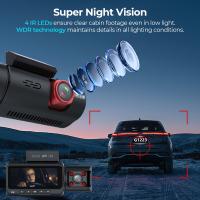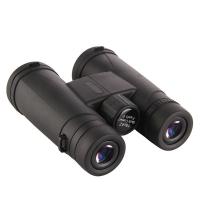How Can I Hide My Outdoor Security Cameras?
How to Effectively Hide Outdoor Security Cameras: Strategies and Practical Insights
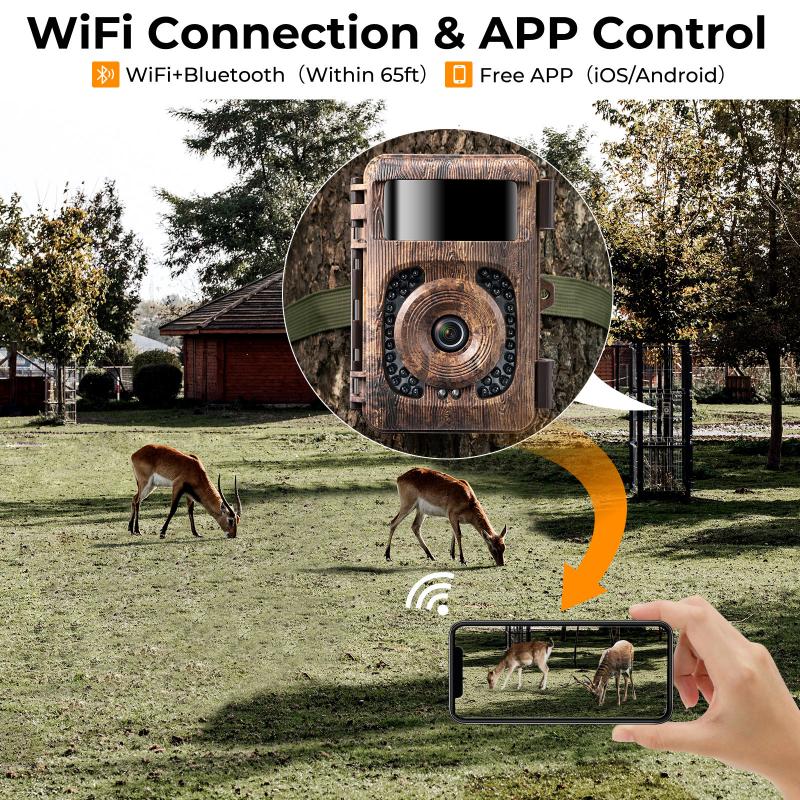
Outdoor security cameras play a crucial role in safeguarding your property. However, there are scenarios where you might prefer to keep your cameras discreet. Hidden security cameras are less likely to be tampered with, preserve the aesthetic appeal of your property, and maintain an element of surprise against potential intruders. This article will delve into actionable methods to conceal outdoor security cameras, along with practical advice to ensure they remain both hidden and effective.
---
Why Hide Your Outdoor Security Cameras?
Before diving into the methods, it’s essential to understand the motivations behind concealing security cameras. Here are a few common reasons:
1. Preventing Tampering or Vandalism: Exposed cameras are more susceptible to being damaged or disabled by intruders.
2. Preserving Property Aesthetics: Bulky cameras might detract from the visual appeal of your property.
3. Avoiding Intruder Awareness: Hidden cameras can record activities discreetly, increasing the likelihood of capturing evidence without alerting trespassers.
4. Maintaining Privacy: In some cases, neighbors or visitors might feel uncomfortable seeing obvious surveillance equipment.
---
Strategies for Hiding Outdoor Security Cameras
1. Utilize Natural or Artificial Camouflage
Leverage the surroundings to blend your cameras into the environment. Here’s how:
- Trees and Bushes: Place cameras within dense foliage or among tree branches. Ensure the lens remains unobstructed by leaves or debris.
- Rock Casings: Fake rocks with built-in compartments are an excellent way to disguise cameras while keeping them operational.
- Outdoor Décor: Hide cameras within or behind decorative elements such as garden gnomes, statues, or lanterns.
2. Install Cameras in Architectural Features
The design of your property can offer hidden nooks for camera placement:
- Under Eaves or Roof Overhangs: These spots provide natural concealment while maintaining a clear view of the area.
- Within Gutters or Drain Pipes: Cameras can be discreetly installed inside modified pipes, keeping them hidden from view.
- Behind Window Tint: Use windows with reflective film to hide indoor cameras that monitor outdoor areas.
3. Disguise as Everyday Objects
Modern technology allows cameras to be embedded in common objects:
- Light Fixtures: Cameras integrated into porch or garden lights are inconspicuous and functional.
- Mailboxes: Place a small camera inside a mailbox with an adjusted view angle.
- Birdhouses or Feeders: These structures provide ample space for concealing small cameras while appearing entirely natural.
4. Use Color and Design Matching
Blend the camera’s housing with the color and texture of its surroundings:
- Paint camera casings to match the wall, fence, or surface where they are installed.
- Opt for custom skins or wraps designed for specific camera models to camouflage them effectively.
5. Position Strategically
Sometimes, strategic placement can make a camera less noticeable without extensive modifications:
- Place cameras higher up, out of the average line of sight.
- Align cameras with existing infrastructure, such as light posts or antenna masts.
---
Ensuring Camera Effectiveness While Hidden
Concealing a camera is only half the task; it must also remain functional and effective. Here are critical considerations to ensure optimal performance:
1. Maintain an Unobstructed View
Ensure the lens is not blocked by camouflage materials, debris, or poor positioning. Perform regular inspections to verify clear visibility.
2. Optimize Coverage and Angle
Test various angles to maximize coverage of critical areas, such as entry points, driveways, or backyards.
3. Provide Adequate Lighting
Even hidden cameras require proper lighting for effective recording:
- Use low-light or infrared cameras for nighttime surveillance.
- Consider motion-activated floodlights to complement camera functionality.
4. Protect Against Weather and Wear
Hidden cameras are often exposed to the elements. Ensure weatherproofing and durability by:
- Choosing outdoor-rated cameras with proper IP ratings.
- Using additional casings or covers for extra protection.
5. Regularly Monitor and Maintain
Hidden cameras are easy to forget about, which can lead to neglected maintenance. Schedule periodic checks to ensure they remain operational, and review footage regularly to confirm proper recording.
---
Legal and Ethical Considerations
While hiding security cameras is generally acceptable on private property, it’s essential to remain aware of local laws and ethical implications:
- Avoid Surveillance of Neighboring Properties: Directing cameras toward another person’s property may violate privacy laws.
- Post Signage if Required: In some regions, even hidden cameras require visible notices to inform individuals they are under surveillance.
- Adhere to HOA or Community Guidelines: If you live in a community with shared rules, verify any restrictions on hidden cameras.
---
Common Mistakes to Avoid
While hiding outdoor security cameras can be effective, avoid these pitfalls:
1. Over-Camouflaging: Excessive concealment might block the lens or reduce visibility.
2. Neglecting Connectivity: Ensure Wi-Fi or power supply connections remain stable despite the hidden placement.
3. Ignoring Backup Power Solutions: In concealed setups, accessing a camera to address power outages may be challenging. Use battery backups or solar panels as supplementary power sources.
---
Alternative Options for Discreet Surveillance
If concealing cameras is not feasible or effective, consider these alternatives:
- Decoy Cameras: Use fake cameras as visible deterrents, while keeping real ones hidden.
- Integrated Security Systems: Modern systems include devices that blend seamlessly into the home’s design, such as doorbell cameras or peephole viewers.
- Professional Installation Services: Experts can recommend inconspicuous yet effective placements tailored to your property.
---
Practical Use Cases and Success Stories
Hiding outdoor security cameras is not just about creativity; it’s also about solving real-world problems. For example:
- Deterring Porch Pirates: A homeowner successfully reduced package thefts by embedding a camera in a porch light fixture, capturing clear footage of the culprit.
- Monitoring Wildlife: An outdoor enthusiast installed cameras disguised in birdhouses to observe local wildlife without causing disturbance.
- Securing a Vacation Home: A discreet setup using cameras hidden in landscaping elements provided a family peace of mind while away from their property.
---
Conclusion
Hiding outdoor security cameras is a smart way to enhance your property’s safety without compromising aesthetics or alerting potential intruders. By leveraging natural elements, architectural features, and innovative disguises, you can create an effective and unobtrusive surveillance system. Always ensure your cameras remain functional and abide by local legal and ethical standards. With the right approach, you can achieve a balance between security, discretion, and property appeal.




